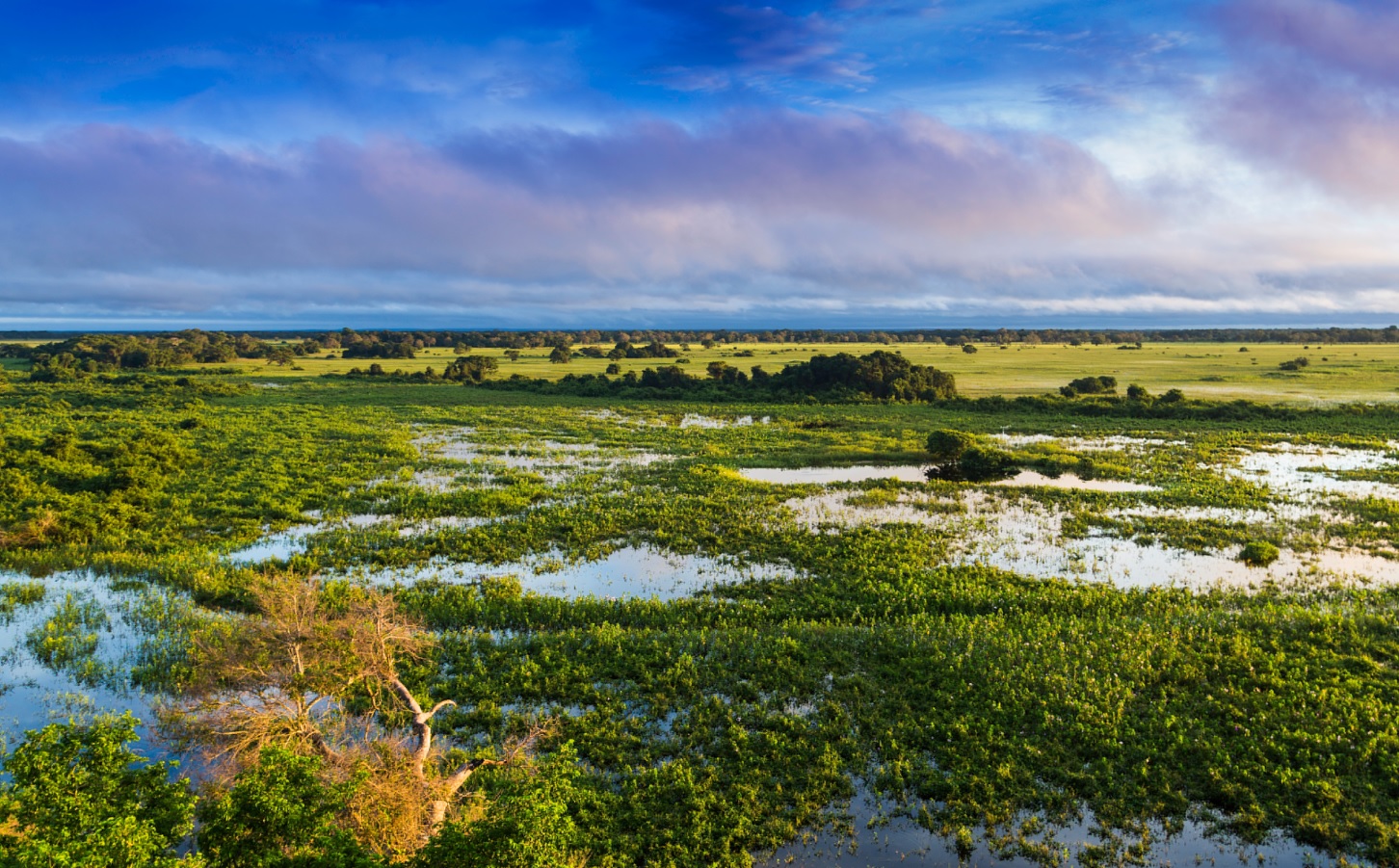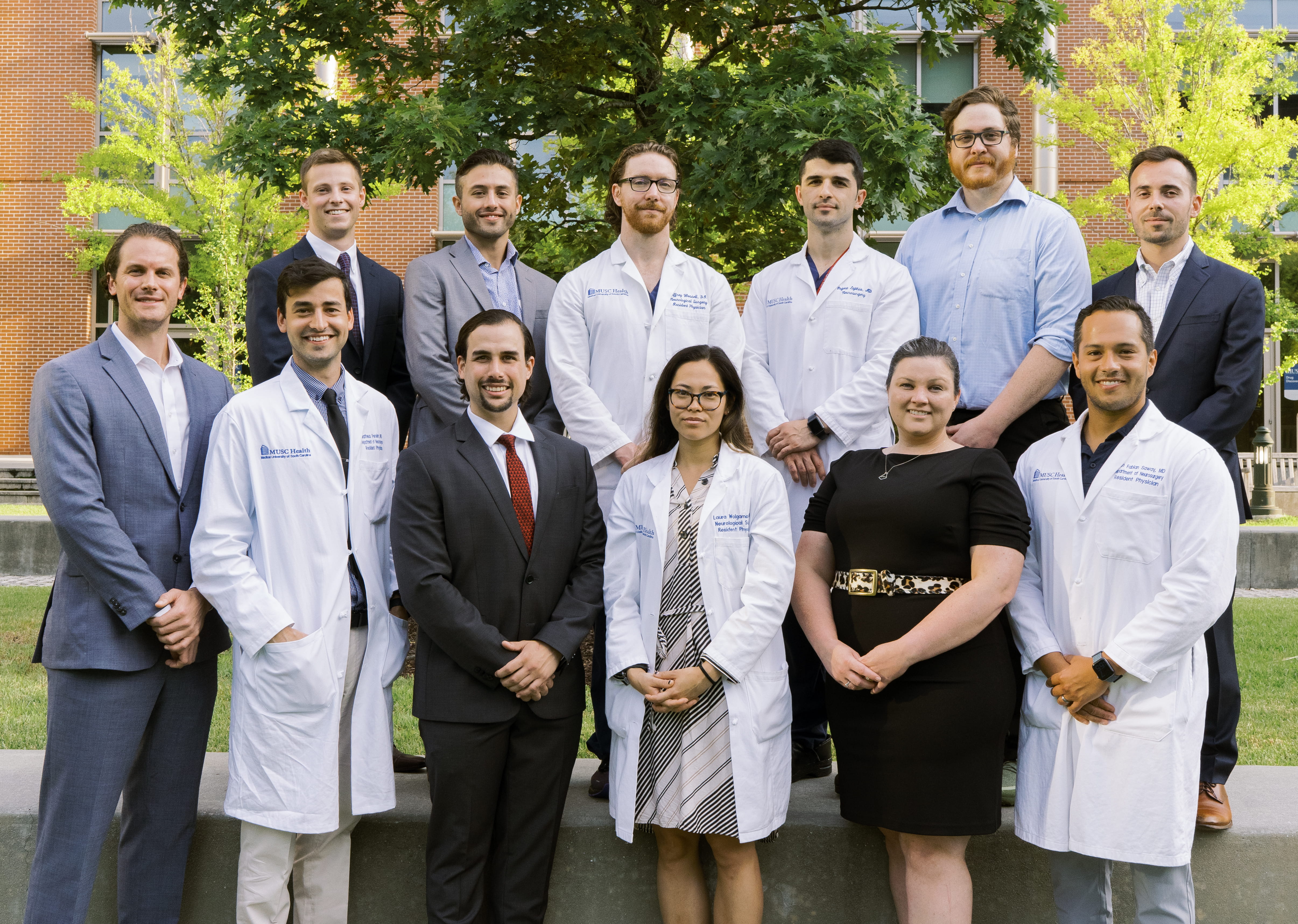Advancing Sustainable Water Management in Brazil through Scientific Innovation and Global Partnerships
Introduction: Aligning with Sustainable Development Goal 6
The Geological Survey of Brazil (SGB), an International Atomic Energy Agency (IAEA) collaborating centre, is advancing national water management strategies to align with Sustainable Development Goal 6 (Clean Water and Sanitation). Moving beyond conventional hydrological monitoring, the SGB employs sophisticated isotope hydrology and geochemical methods to achieve a comprehensive understanding of the nation’s freshwater systems. The primary objectives of this initiative are directly linked to the targets of SDG 6:
- To improve water quality.
- To ensure fair and equitable access to water resources.
- To promote the sustainable use of water.
- To guarantee the long-term preservation of freshwater ecosystems.
Technological Innovation and Capacity Building for SDG 9
In pursuit of Sustainable Development Goal 9 (Industry, Innovation, and Infrastructure), the SGB has significantly enhanced its technical and analytical capabilities through a strategic partnership with the IAEA. This collaboration has been instrumental in building resilient infrastructure and fostering scientific innovation within Brazil’s water sector.
Key Developments:
- Laboratory Establishment: With support from the IAEA’s technical cooperation programme, the SGB established a national isotope hydrology laboratory.
- Equipment and Training: The programme provided specialized equipment, comprehensive training for SGB scientists, and ongoing technical support, reducing reliance on international facilities for sample analysis.
- Advanced Analytical Capacity: A portable gas mass spectrometer, donated by Switzerland, will enable on-site analysis of noble gases in groundwater. This capacity is critical for:
- Estimating the age and origin of water sources.
- Determining the renewability of aquifers.
- Informing sustainable resource management decisions.
According to Roberto Kirchheim, a researcher at the SGB, this investment in isotopic applications and analytical capacity has had a “major impact on the understanding of water dynamics and, consequently, on the management of resources.”
Fostering Global Partnerships for SDG 17
Brazil’s efforts exemplify the principles of Sustainable Development Goal 17 (Partnerships for the Goals) by leveraging international cooperation to enhance domestic capabilities and sharing its acquired expertise to support regional development.
Partnership in Action:
- Bilateral and Multilateral Cooperation: The SGB’s progress is a result of a tripartite collaboration between Brazil, the IAEA, and Switzerland.
- South-South Cooperation: Brazil is actively sharing its knowledge and expertise to strengthen the water management systems of other Latin American countries.
- Global Network Participation: The SGB is prepared to play a leading role in building a regional network of water laboratories through the IAEA’s Global Water Analysis Laboratory (GloWAL) Network, further strengthening global partnerships for sustainable development.
1. SDGs Addressed in the Article
SDG 6: Clean Water and Sanitation
- The article’s central theme is the management of freshwater resources in Brazil. It explicitly states the goal is to “improve water quality, fair access, sustainable use and long-term preservation,” which directly aligns with the overall objective of SDG 6.
SDG 9: Industry, Innovation, and Infrastructure
- The text highlights “Investing in scientific innovation” and the use of “sophisticated hydrological and geochemical methods.” It details the establishment of an isotope hydrology laboratory, the acquisition of specialized equipment, and the increase in “technical and analytical capacity,” all of which are key components of enhancing scientific research and technological capabilities as promoted by SDG 9.
SDG 17: Partnerships for the Goals
- The article describes a multi-stakeholder collaboration involving the Geological Survey of Brazil (SGB), the International Atomic Energy Agency (IAEA), and Switzerland. This partnership includes technical support, equipment donation, and training. Furthermore, Brazil’s effort to build a “regional network of water laboratories” with other Latin American countries exemplifies South-South cooperation, a core principle of SDG 17.
2. Specific Targets Identified
-
SDG 6: Clean Water and Sanitation
- Target 6.3: By 2030, improve water quality by reducing pollution… The article’s stated goal to “improve water quality” and use advanced methods to understand freshwater systems directly supports this target.
- Target 6.5: By 2030, implement integrated water resources management at all levels… The use of isotope hydrology to “better understand the country’s freshwater systems” and assess if they are “renewable” is a form of advanced, integrated water resources management. The regional cooperation aspect also contributes to this target.
- Target 6.b: Support and strengthen the participation of local communities in improving water and sanitation management. By building national technical and analytical capacity, the SGB is strengthening the country’s ability to manage its water resources, which is a foundational step for effective management at all levels.
-
SDG 9: Industry, Innovation, and Infrastructure
- Target 9.5: Enhance scientific research, upgrade the technological capabilities of industrial sectors in all countries… The article is a case study of this target in action, detailing how the SGB is upgrading its capacity through a new “isotope hydrology laboratory,” “specialized equipment,” and “training,” leading to an “increase in technical and analytical capacity.”
-
SDG 17: Partnerships for the Goals
- Target 17.6: Enhance North-South, South-South and triangular regional and international cooperation on and access to science, technology and innovation. The collaboration between Brazil (South), Switzerland (North), and the IAEA (International) is a clear example of this. Brazil sharing its expertise with other Latin American countries is an example of South-South cooperation.
- Target 17.9: Enhance international support for implementing effective and targeted capacity-building in developing countries… The IAEA’s support through its “technical cooperation programme,” which provides “specialized equipment, training and technical support,” is a direct form of targeted capacity-building.
3. Indicators Mentioned or Implied
-
Indicators for SDG 6
- The article does not provide quantitative data for official indicators. However, it implies progress by describing the development of capabilities that are essential for measurement. The ability to “analyse isotope data on site” to study “noble gases dissolved in groundwater” is an advanced method that generates data for assessing water quality and the degree of integrated water resources management (relevant to indicators 6.3.2 and 6.5.1).
-
Indicators for SDG 9
- The article provides qualitative indicators of progress towards Target 9.5. These include: the establishment of a new “isotope hydrology laboratory,” the acquisition of a “portable gas mass spectrometer,” and the stated “increase in technical and analytical capacity.” These are tangible outcomes of investment in scientific innovation and infrastructure.
-
Indicators for SDG 17
- The article provides concrete examples that serve as indicators of successful partnerships. These include: the formal collaboration between SGB and the IAEA, the “donation of a portable gas mass spectrometer by Switzerland,” and the active plan to build a “regional network of water laboratories through the IAEA’s Global Water Analysis Laboratory Network.” These actions are measurable indicators of international cooperation and capacity-building.
4. Summary Table of SDGs, Targets, and Indicators
| SDGs | Targets | Indicators (Mentioned or Implied in the Article) |
|---|---|---|
| SDG 6: Clean Water and Sanitation |
6.3: Improve water quality. 6.5: Implement integrated water resources management. 6.b: Strengthen participation in water management. |
– Use of sophisticated methods to understand and improve water quality. – Ability to analyze isotope data to assess if water sources are renewable. – Increased national capacity for water resource management. |
| SDG 9: Industry, Innovation, and Infrastructure | 9.5: Enhance scientific research and upgrade technological capabilities. |
– Establishment of an isotope hydrology laboratory. – Acquisition of specialized equipment (portable gas mass spectrometer). – Documented increase in technical and analytical capacity. |
| SDG 17: Partnerships for the Goals |
17.6: Enhance international cooperation on science, technology, and innovation. 17.9: Enhance international support for capacity-building. |
– Formal collaboration between SGB (Brazil), IAEA, and Switzerland. – Donation of equipment and provision of training. – Creation of a regional network of water laboratories in Latin America. |
Source: iaea.org







